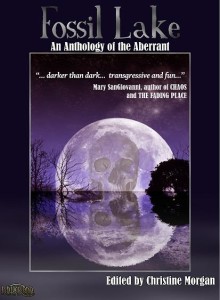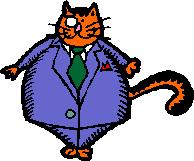 In the past year I reviewed story pitches for a small publishing house. Prospective writers were asked to provide an outline of their story, including protagonists, antagonist/conflict, and a brief summary of the plot.
In the past year I reviewed story pitches for a small publishing house. Prospective writers were asked to provide an outline of their story, including protagonists, antagonist/conflict, and a brief summary of the plot.
Most writers were able to adequately describe their heroes and the challenges they would face, often from villains/enemy characters, sometimes from nature, circumstances, or their own old beliefs. But several writers didn’t show cause and effect in their outlines. Often, these were the same writers who ran into trouble while creating their stories.
“My hero is captured by the enemy king and put in prison, but she escapes…somehow.”
“My hero”s sidekick finds out…somehow…that his ex-boyfriend is in trouble and decides to go help him.”
You’re writing away, following your outline, and you’ve successfully gotten your hero thrown into prison…but now you’re stuck, because you don’t know any way to get her out without resorting to cliches (look! a loose brick in the back of the cell!) implausible coincidences (the guards all get the Spotted Pox and are too sick to pursue her) or power creep/god-moding (it’s fine because my hero is tough enough to beat up all 20 guards at once!)
Meanwhile, your hero’s sidekick is riding to his ex’s rescue, leaving your readers wondering why anyone would put their entire lives on hold to go haring off after a former lover, or how he even knew his ex was in trouble to start with. You’ll explain it later (like, perhaps, when your editor points it out?)
Getting stuck during the writing process, and weak spots in the story, can be avoided if cause and effect are worked into the outline.
“My hero’s sidekick finds out from his ex’s sister, a prison guard at the king’s palace, that his ex has signed on to a dangerous scouting mission. She begs the sidekick to go with him and keep him safe. He agrees, on one condition: his friend (our hero) has been thrown into the king’s dungeon for speaking out against government corruption. If the sister helps him break our hero out of prison, both of them will go to assist her brother.”
In summary, knowing what happens is only half of what you need….you also need to know why and how it happens. If you’ve pre-planned why and how, you’re less likely to get stuck during the writing process. You’re also less likely to feel tempted to resort to cliches, coincidences, and over-powering your characters just to keep the story moving forward. And your manuscript will have a lot fewer weak spots, where a character seems to psychically know some crucial bit of knowledge, or a glitching machine will suddenly start working properly again, or some other event occurs “because the author needed it to” rather than because of any in-story chain of cause and effect.
Fill your outlines with why and how. Show cause and effect–how one event leads into another. You’ll have an easier time writing and end up with a more satisfying story at the end.



